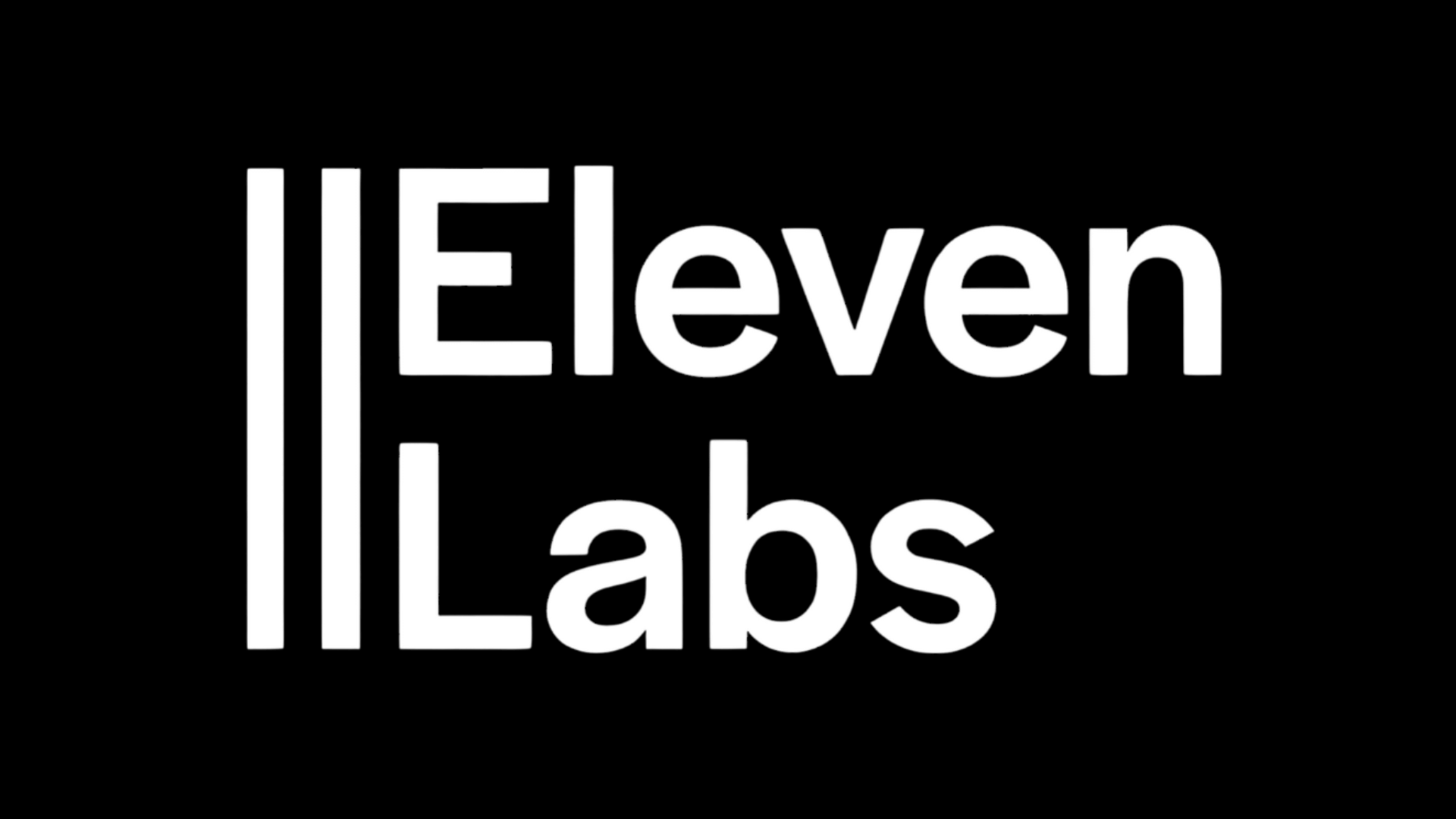

Future of Storytelling: AI Text to Video Generation
In recent years, artificial intelligence (AI) has heralded remarkable advancements in various fields like healthcare, finance, and entertainment. A rapidly emerging area where AI is making waves is in the realm of content creation, specifically the generation of video content from text. The ability to convert written text into rich, compelling videos represents a significant leap in storytelling, offering new opportunities for content creators, businesses, and educators alike.
What is AI Text to Video Generation?
AI text to video generation refers to the process where artificial intelligence algorithms transform written text into video sequences. This technology uses natural language processing (NLP) to understand and interpret the input text, and computer vision to generate the visual elements that complement the narrative.
The process typically involves the following steps:
1. Text Analysis: The AI system analyzes the input text to extract key themes, sentiments, and context.
2. Script Generation: A script is generated to outline the visual progression that aligns with the text.
3. Visual Creation: AI uses deep learning models to create images, animations, or select video clips that fit the narrative.
4. Audio Integration: The system synthesizes relevant audio, such as voiceovers or background music, to enhance the video.
5. Rendering: The final step involves rendering all elements into a coherent video format.
## Technologies Driving AI Text to Video
The backbone of AI text to video generation is a sophisticated blend of technologies, including:
- Natural Language Processing (NLP): This enables the AI to parse and understand the text, discerning nuances and context that are used to inform video content.
- Generative Adversarial Networks (GANs): GANs are employed to create realistic video frames, characters, and scenes from scratch.
- Deep Learning: Deep learning models enable the system to learn and improve over time, honing its ability to generate content that feels authentic and engaging.
- Speech Synthesis: Text-to-speech technology provides lifelike voiceovers that narrate the video story, synced appropriately with on-screen action.
Applications of AI Text to Video
The potential applications of AI-driven text to video generation are expansive, promising transformative impacts across industries:
1. Content Creation & Marketing
Businesses can leverage AI to rapidly produce captivating video advertisements or explainer videos, saving time and resources. It allows for easy A/B testing and personalization, catering content to different audience segments.
2. Education & Training
Educational institutions can build on-demand learning videos from textbooks or research papers. The technology can be used to generate dynamic and interactive content that enhances the learning experience.
3. News & Reporting
AI can be used by media outlets to quickly produce news summaries and reports, especially beneficial in breaking news scenarios. This can help democratize information dissemination by providing rich content with limited resources.
4. Entertainment
Filmmakers and game developers could employ this technology to prototype scenes or create conceptual animations. It could usher in a new era of interactive storytelling with personalized narratives.
5. Accessibility
Transforming text to video makes content more accessible to individuals with different learning preferences or disabilities. It opens avenues for creating inclusive content that caters to a broader audience.
Challenges and Ethical Considerations
Despite its potential, AI text to video generation comes with challenges and ethical concerns. Ensuring the accuracy and authenticity of video content is paramount, as is addressing copyright issues surrounding generated visuals and audio tracks. Moreover, the technology raises questions about deepfakes and the misuse of AI-generated video content in spreading misinformation.
Developing robust ethical guidelines and industry standards can help mitigate these risks. Ongoing research is required to enhance transparency and build trust in AI-generated content.
The Road Ahead
AI text to video generation is a burgeoning technology with exciting possibilities. As the algorithms become more sophisticated and accessible, we can expect a democratization of video content production, making it possible for even those with limited resources to create high-quality video stories.
In the near future, we will likely see collaborations between human creativity and artificial intelligence, producing innovative storytelling methods that blend the imaginative potential of humans with the processing power of machines.
In conclusion, AI text to video is not just a technological advancement; it is a paradigm shift in how we create and consume video content. Whether you're a business, educator, or content creator, keeping an eye on this space could unlock new pathways for engagement and communication. The future of storytelling is here, and it's more dynamic than ever before.
Support our work by sharing on multiple social platforms. Join our community







